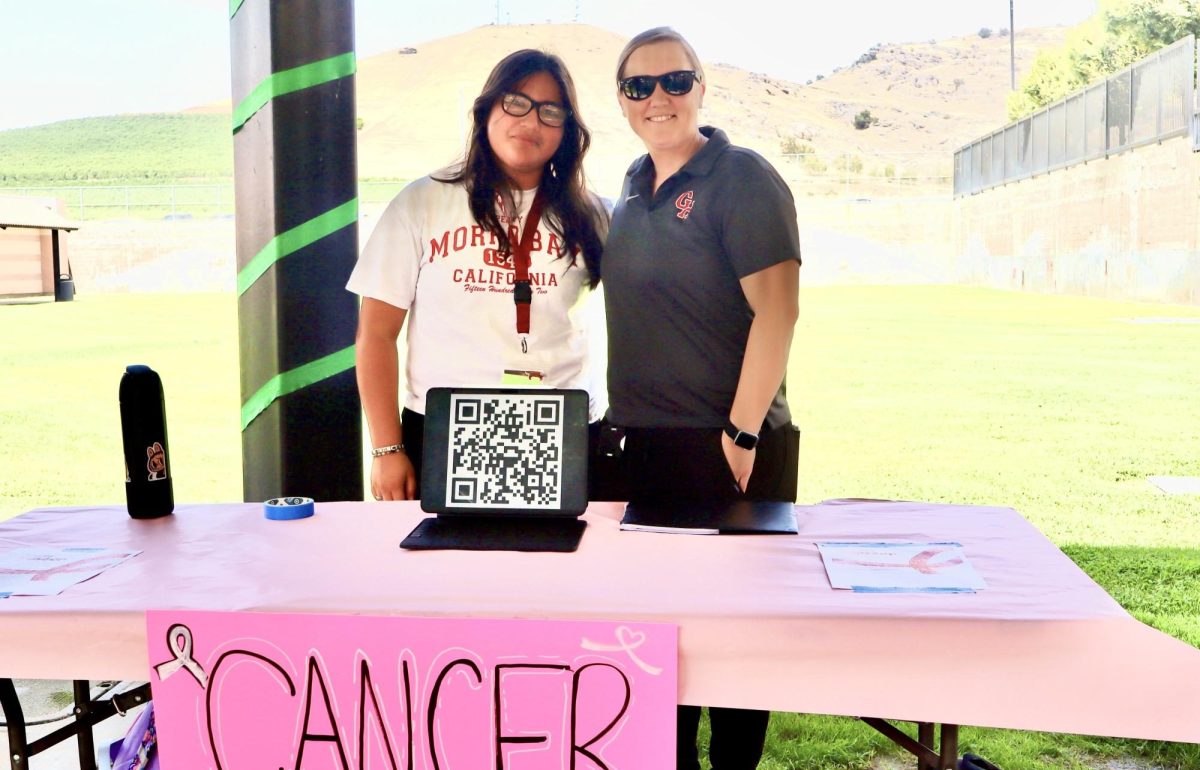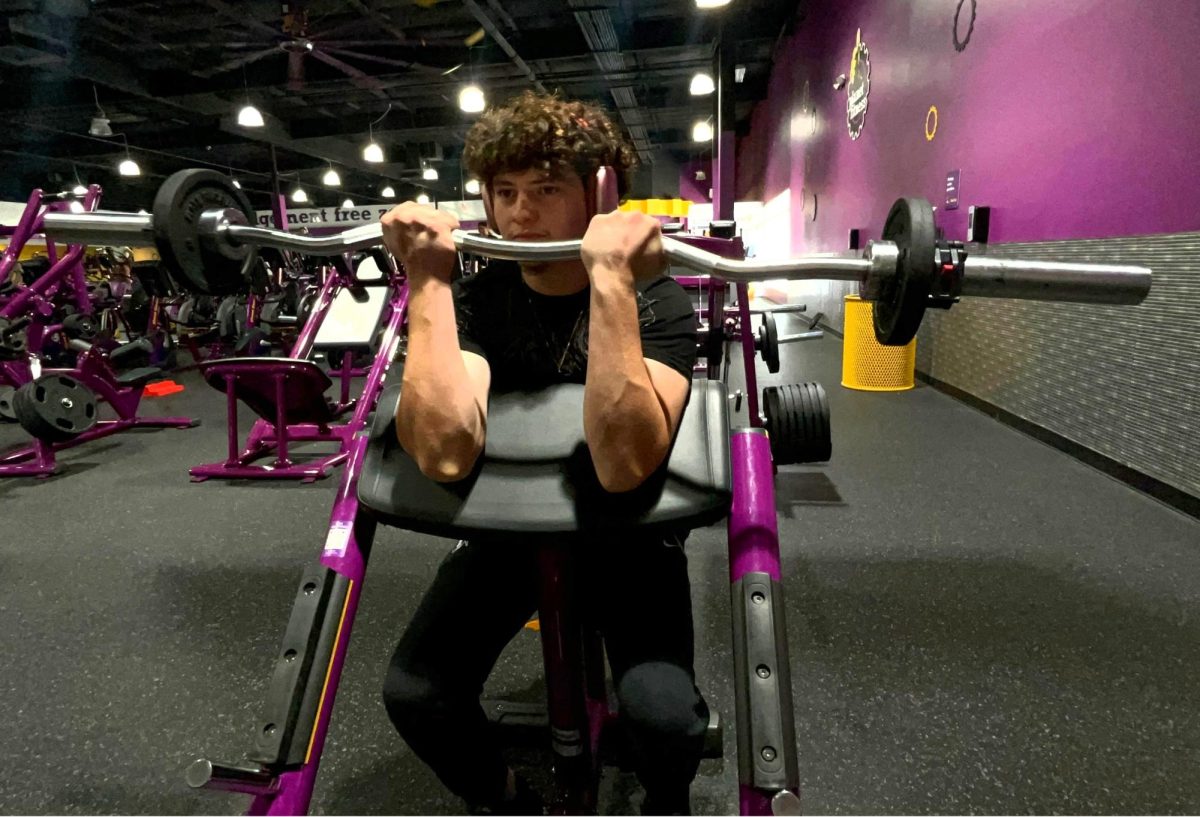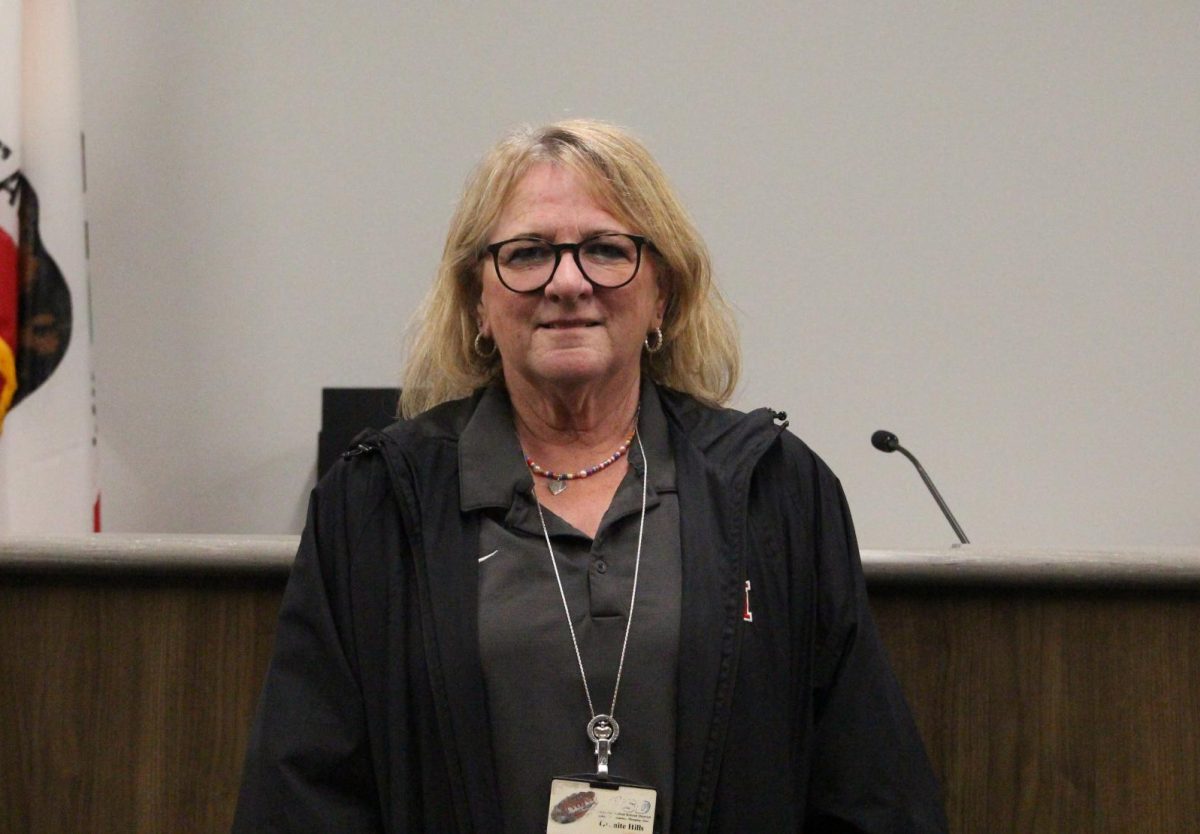High school should be a safe space for learning and having fun, but many students feel the pressures of high school, which may lead to stress and anxiety. Anxiety is a feeling of worry, nervousness, or unease, typically about an imminent event or something with an uncertain outcome.
According to a survey of high school students published in the National Library of Medicine, 47 percent of females and 21 percent of males reported moderate or severe anxiety symptoms. The most common causes of anxiety are depression, bullying, addiction, social status, and poverty level.
Depending on who you are friends with in high school, you might have to dress or act differently to try and fit in. In most cases, people change due to the fear of not being accepted by their peers. There is the pressure to wear name-brand clothes or have newly released items. Clothing brands such as True Religion, Rock Revival, Nike, Jordan, etc. are popular among students today. However, some people do not have the financial stability to get name-brand clothes or even any new materialistic items. This may cause anxiety within people, specifically high school students since they feel obligated to keep up with trends. Trying to fit in is one way for students to feel stress and anxiety. The pressure of getting good grades, participating in after-school activities or even having an after-school job, can also cause stress and anxiety among students.
How to cope
Granite Hills High School psychologist Amanda Wingfield provides helpful tips on how to deal with anxiety, especially for students who struggle or have trouble staying focused in school.
“Anxiety can be a lot of different things for different people,” Wingfield said. “Everybody is different in how they handle stress and react to life situations but I think for most people it’s just that feeling of nervousness, uncomfortableness, and, for some people, they have physical symptoms, whether it’s sweating or their palms get sweaty, or they can’t breathe.”
More symptoms of anxiety include feeling restless, irritable, tense, nauseous, scared, or worried. One could be experiencing more physical symptoms such as heart palpitations, muscle aches, tension, difficulty sleeping, or dry mouth. If you or a friend you know have signs of anxiety, you can reach out for help to any adult, for example, a teacher, counselor, doctor, or school psychologist.
“It can be different for any person, you know,” Wingfield said. “It’s really not an individual basis but it’s just that inability to cope with something that’s going on in their life or certain situations or certain circumstances.”
Wingfield expresses the significance of unique human characteristics and how anxiety is not the same for everyone. It may be more prevalent in certain individuals due to various factors such as their background, genetics, environment, or psychological influences. Despite these influences, anxiety remains a widely occurring mental health condition.
As for students who get anxious over their schooling, some coping mechanisms Wingfield mentioned to help cope with anxiety are deep breathing, therapy dough, using the 3-3-3 rule, and journaling. The deep breathing technique; inhaling twice and then exhaling once, regulates the body’s nervous system and can clear stressful thoughts. She describes how she has Pinch Me and The Squeeze aromatherapy doughs on her office desk that students fidget with often when dealing with anxiety. To add, identifying three objects and three sounds, and then moving three body parts forms the 3-3-3 rule. This strategy is commonly found to be helpful in concentrating and stabilizing oneself during periods of intense anxiety.
School work and other factors such as people’s home lives and overall environment may lead to higher levels of anxiety and stress. Some effects in students’ personal lives that impact their anxiety that Wingfield revealed were significant issues corresponding to divorced parents, split siblings, aiding other siblings, work outside of school, and perhaps even violence. With school on top of all those occurring issues in a student’s personal life, Wingfield mentions how she often sees grades and attendance drop in those who have particular social anxiety. Students may be fearful to come to school and see large amounts of people every day. However, some students are mostly stressed about their workload and need an adequate balance between school and personal life. Either way, stress and anxiety are typical and natural experiences. When faced with potential danger, your body instinctively generates these responses.
“… There’s lots of coping strategies, and again, it’s individualized, one thing might not work for another individual,” Wingfield said.
Finding an outlet
Granite Hills senior Diego Garay is a multi-sport athlete, playing football, wrestling, baseball and track and field. For him, sports are a way to distract him from the pressures that may lead to anxiety.
“Sports are a distraction where I don’t have to focus on school just by having fun with friends,” Garay said.
Garay has a busy schedule and he said his civics class causes him the most stress, which leads to anxiety because he gets loads of work in that specific class. According to Garay, Civics is the most stressful because the class has a lot of work. Garay says he deals with the pressure of being a student-athlete because he has people in his family who look up to him and he wants to provide a good example.
“Stress is a sense of pressure to see if you could overcome challenges,” he said.
Sports are a way for Garay to cope with the challenges school has to offer. Participating in extra-curricular activities may prove beneficial for students who deal with stress and anxiety.





























